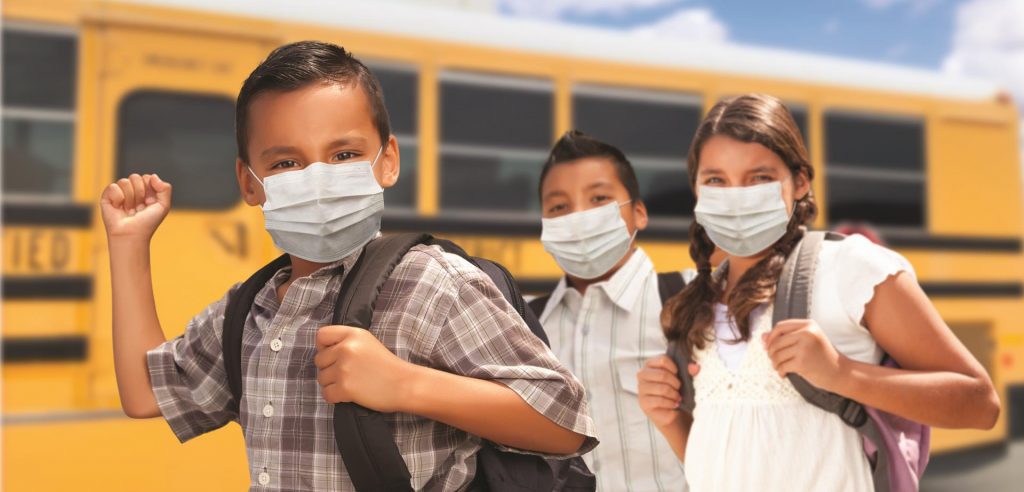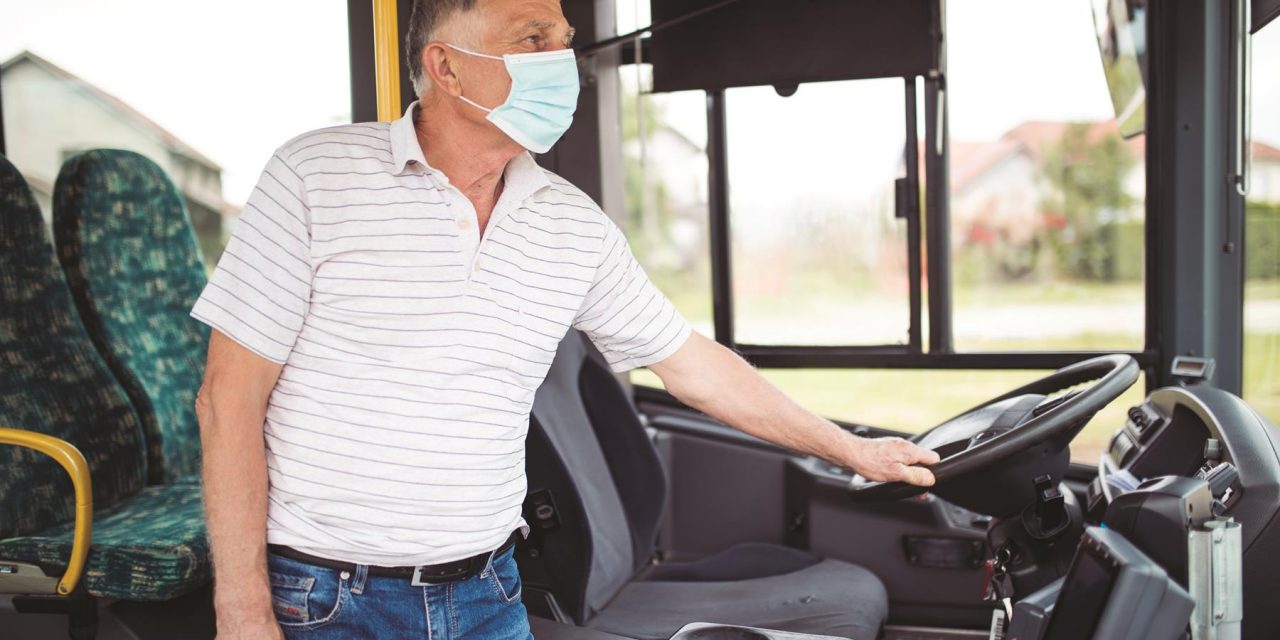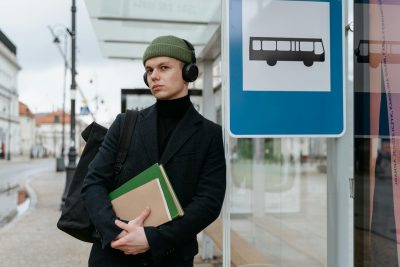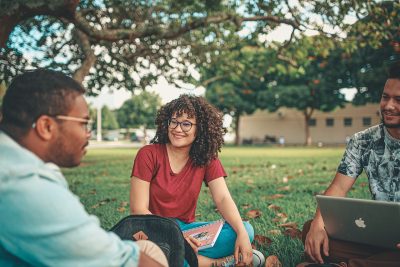Ensure your students’ safety and enjoyment during the COVID-19 pandemic by adhering to these easy-to-follow steps.
When COVID-19 quickly spread throughout the world in March of this year, its effects on the travel industry were incalculable. With personal contact limited and mass transportation all but eliminated, vacations and tourism came to a screeching halt. Fortunately, sectors of the industry have begun to stabilize; tourists are slowly beginning to leave home (particularly for outdoor excursions), public transportation has developed safety protocols and there is a renewed interest in family road trips.
Unfortunately, the motorcoach industry has been slow to recover.
“There have really been no bookings in the student market,” says Dennis Streif, vice president of Midwest Bus & Motorcoach Association. “We do foresee a lot of developments in 2021, but for now there are only quotes without bookings.”
The current health climate raises tough choices for educators. Should we plan an extended school trip to museums or competitions knowing the risks? Will the significant financial investment result in a genuine learning opportunity for students? Student-friendly destinations have more than risen to the task by applying exceptional sanitation in museums, implementing social distancing at band competitions and offering a large array of virtual options for students who are more comfortable staying at home.
For teachers who still wish to plan a motorcoach trip, they should know that networks across the United States are implementing safety protocols to ensure the group’s safety. “We’re thoroughly sanitizing the coaches, recommending masks and encouraging social distancing as much as possible,” says Streif.
While no school trip in the era of COVID-19 is completely without risk, you can mitigate it by following these helpful tips below. These are not intended as certified medical guidelines, but rather advice for as smooth and stress-free a student travel experience as possible.
1: COMMUNICATION IS KEY
Getting approval and an appropriate budget for your off-site trip was already daunting before COVID-19 impacted how we consider group travel. Now, you’ll need to be especially communicative to the school board and your department head when proposing an outing. Before your phone, Skype or Zoom call, develop a detailed action plan that will address parents’ health concerns, and make sure school officials are up-to-date on your itinerary throughout the planning process.
2: DEVELOP A CONTINGENCY PLAN
Attraction openings and availability will be fluid for the foreseeable future. You might be planning this trip months in advance, and an additional outbreak or shutdown may occur in the city you intend to visit. In this case, it’s best to develop a backup plan so that your students can remain engaged and safe. You’ll want to verify the refund policies and occupancy protocols with the hotels and attractions you intend to visit before you book, and if museums have supplementary learning materials, make sure they correspond with exhibits that will be open.

3: SUPPLY YOUR STUDENTS
Be sure to include a substantial budget for personal protection equipment (PPE) and hand sanitizer for your students. Make sure that sanitation wipes and hand sanitizer liquid is distributed in individual proportions, and that students bring backup cloth masks in case they lose ones you supply. In addition, dedicate classroom time to reinforcing personal responsibility; if one individual does not comply, they jeopardize the health of everyone on the trip and sacrifice all educational components.
4: VEHICLE PREP
While individual charter companies and bus lines will have separate protocols, confirm that absolute sterilization is achieved before boarding your motorcoach. Drivers should always wear facemasks and gloves before proceeding to wipe down all crucial touchpoints in the vehicle. In addition to obvious surfaces like armrests and handrails, this also includes overhead bin handles, interior windowpanes, footrests and seatbelts. Each time passengers disembark for bathroom breaks or an educational stop, drivers should re-sanitize these surfaces again.
5: SOCIAL DISTANCING
The CDC recommends individuals maintain six-foot distances from each other whenever possible. To ensure this, students, teachers and chaperones should not sit immediately next to each other. Instead, limit each row to one person and make sure they sit there for the duration of the trip to eliminate viral spread. Protection can also be achieved by putting up a driver protection barrier or curtain or roping of the first row of the bus or moving back the standee line to create more space for the driver. Students should board and exit the motorcoach one at a time and never bunch up, and luggage should be completely removed from the lower deck before individuals retrieve them in an orderly fashion. Reinforce the value of social distancing to your student before and during your trip, and make sure chaperones are up-to-date on all school health policies.
6: HOTEL SAFETY
Conduct thorough research before selecting a hotel, which should have publicly available safety protocols and substantial ventilation systems. There should only be one student, teacher or chaperone in a room at any given time, and meals should be individually delivered instead of sharing the communal dining area.






